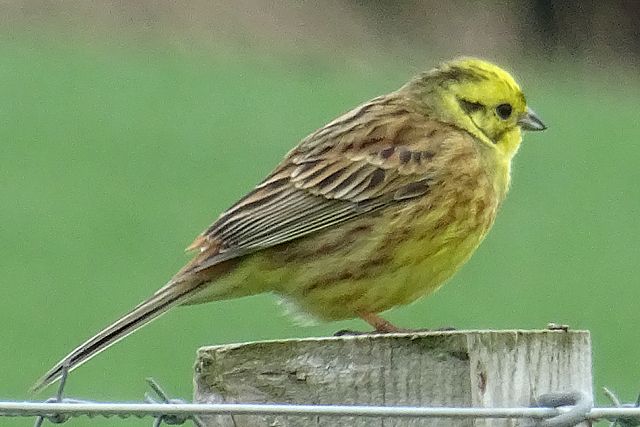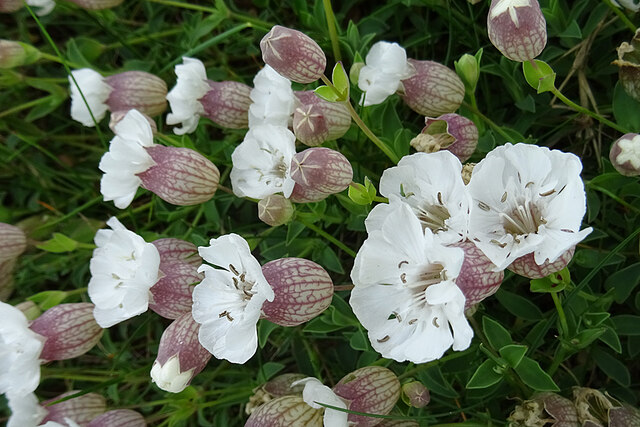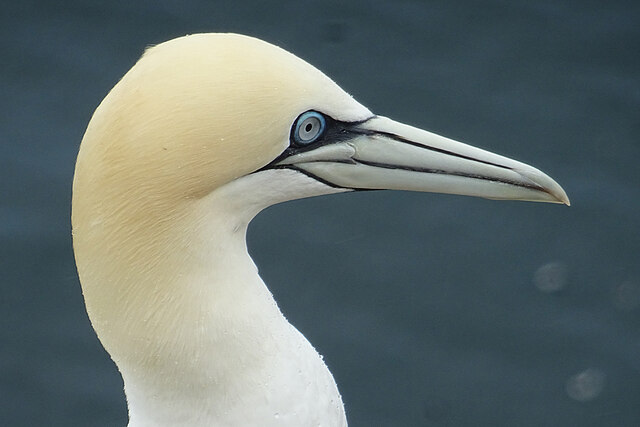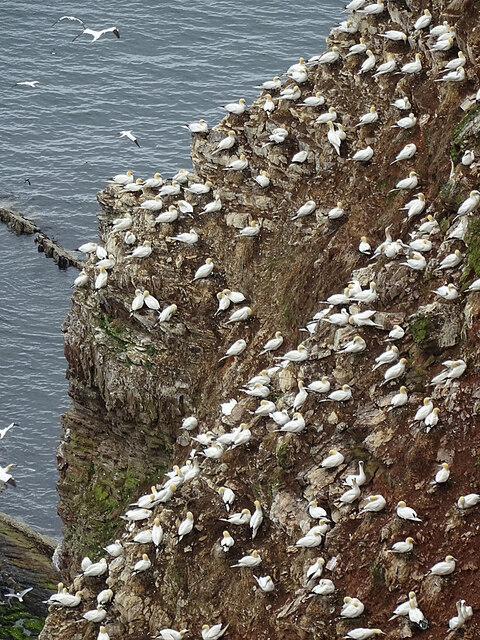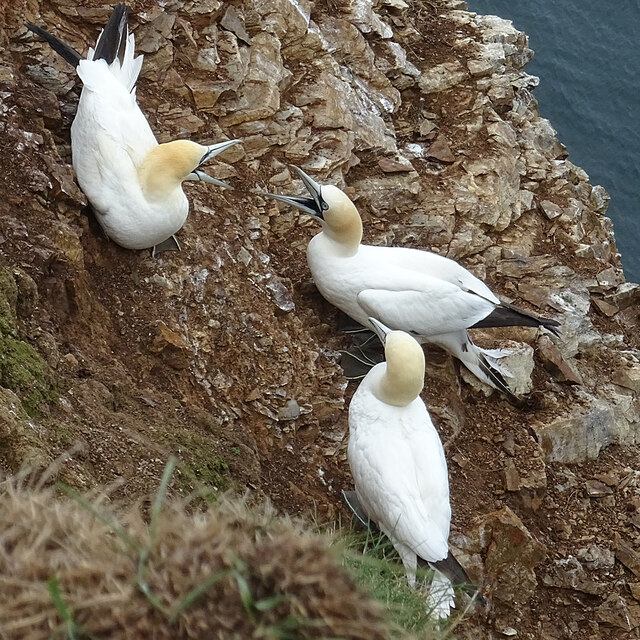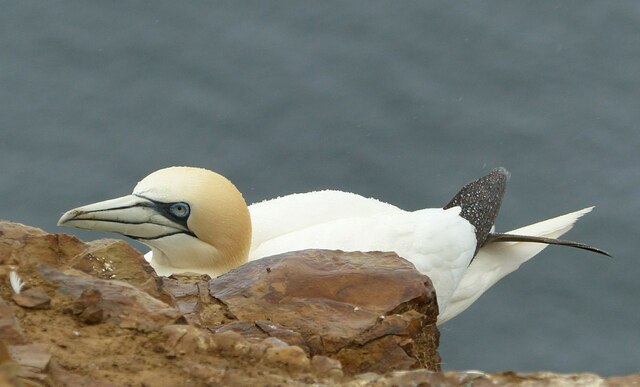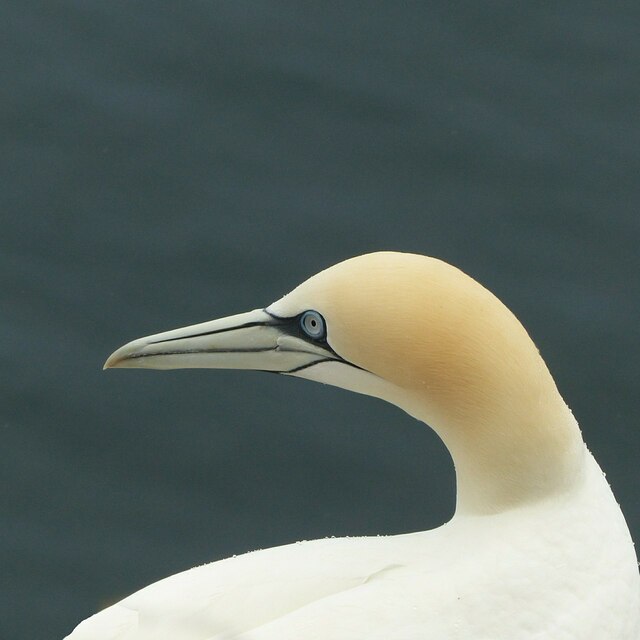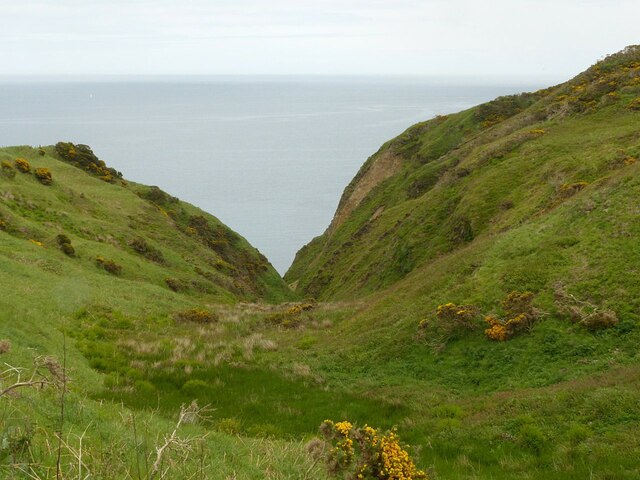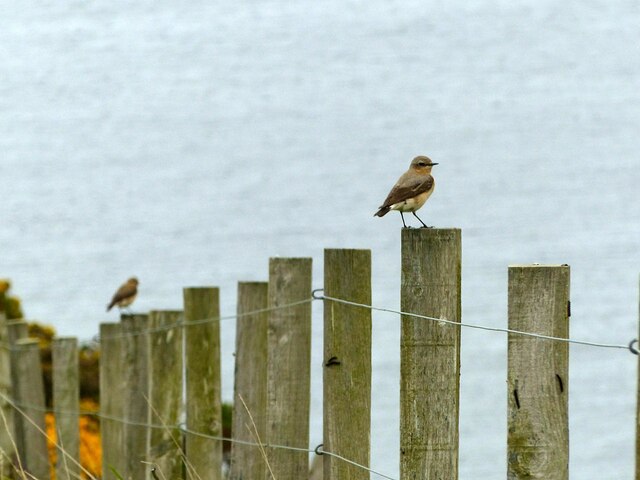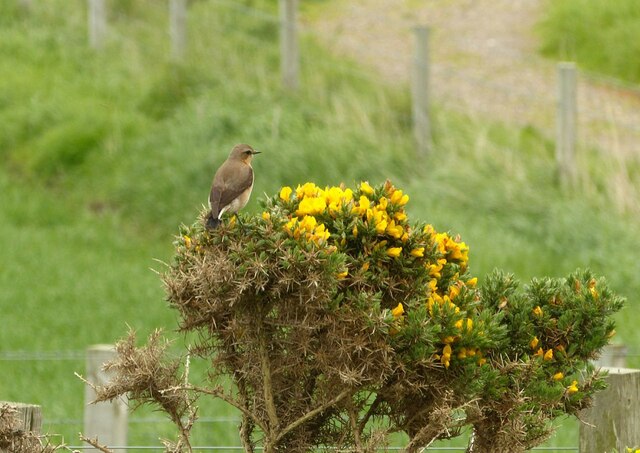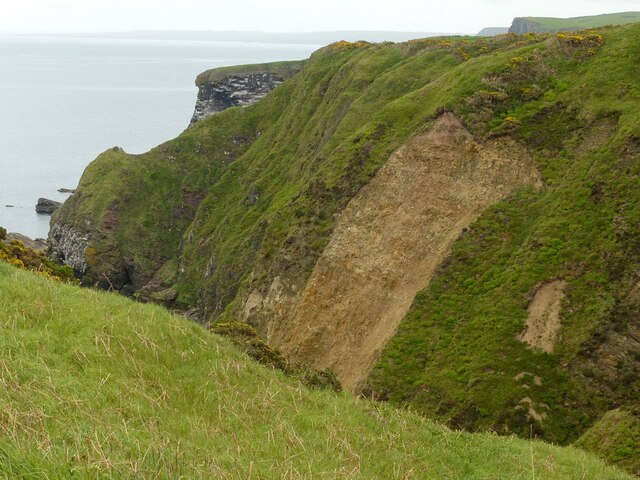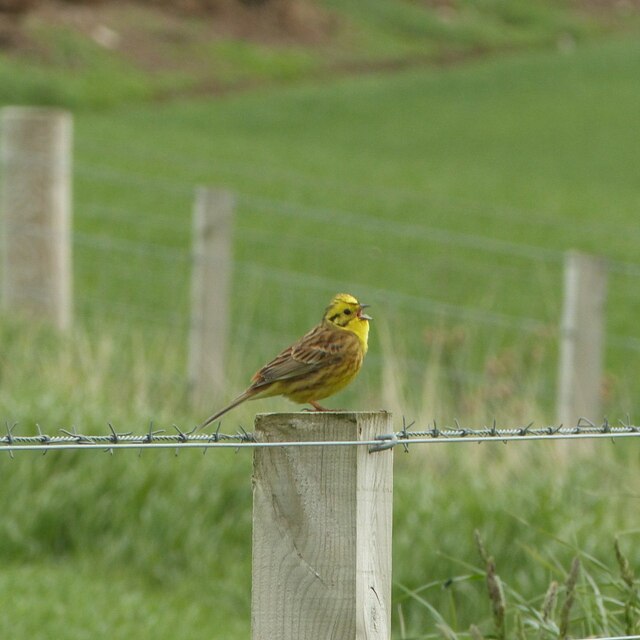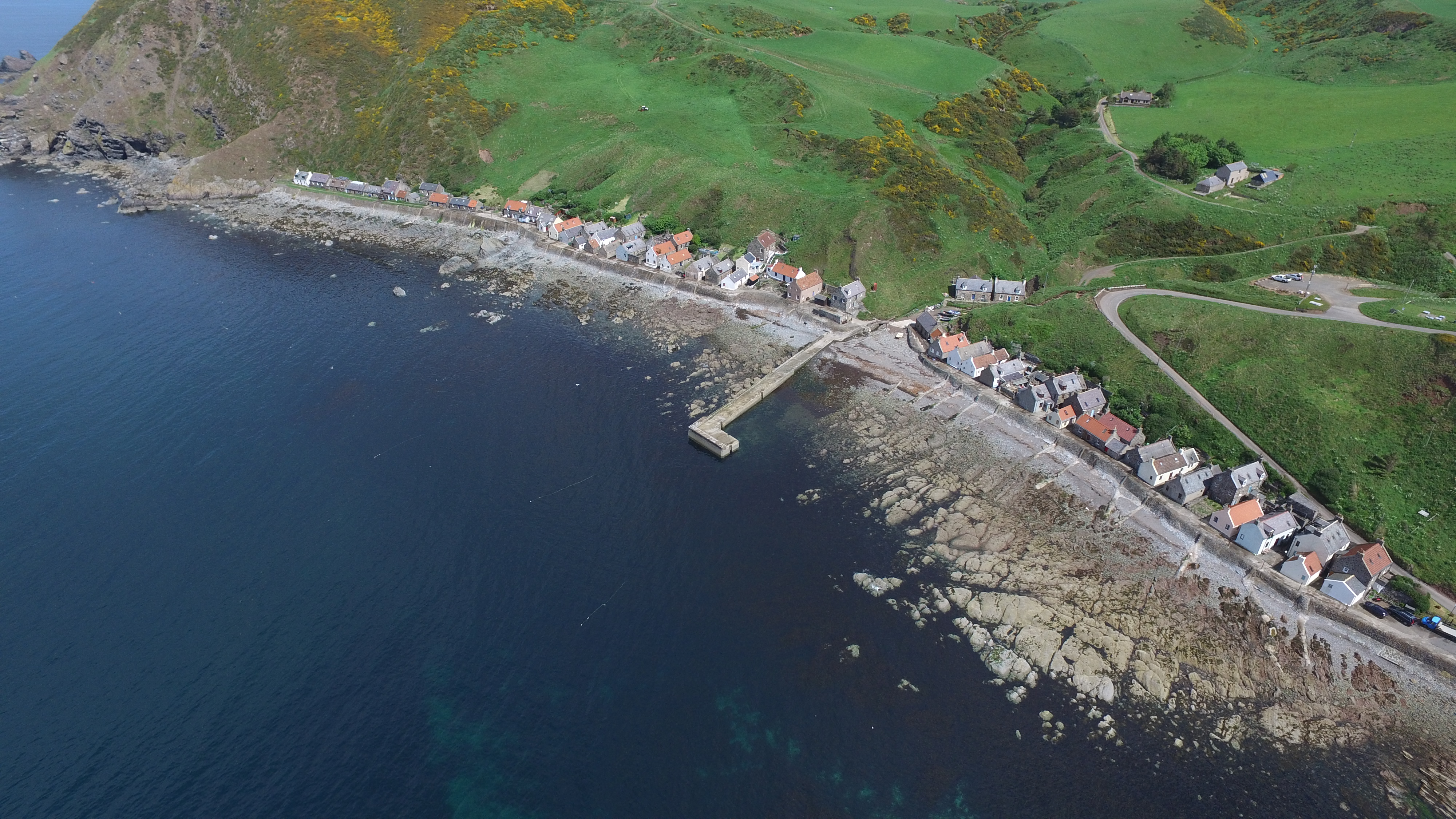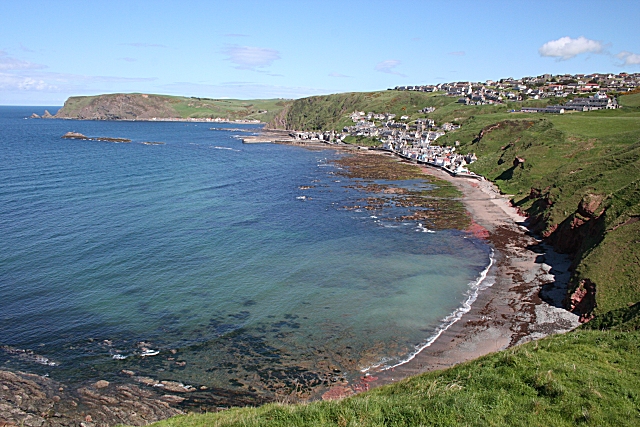Broomybrae Wood
Wood, Forest in Banffshire
Scotland
Broomybrae Wood

Broomybrae Wood is a picturesque woodland located in Banffshire, Scotland. Spread across an area of approximately 50 acres, this enchanting forest is a haven for nature lovers and outdoor enthusiasts alike.
The wood is characterized by its dense canopy of towering trees, predominantly consisting of oak, birch, and pine. These majestic trees create a sense of tranquility and provide a habitat for a diverse range of wildlife, including red squirrels, roe deer, and a variety of bird species. The forest floor is adorned with a rich carpet of ferns, wildflowers, and mosses, adding to the wood's natural beauty.
A network of well-maintained walking trails winds through Broomybrae Wood, offering visitors the opportunity to explore its hidden gems. These trails lead to secluded spots, such as a babbling brook and a small waterfall, perfect for peaceful picnics or simply immersing oneself in the serenity of the surroundings.
The wood is also home to a small visitor center, where visitors can learn about the history and ecology of the area through informative displays and exhibits. Additionally, guided tours and educational programs are available for those interested in delving deeper into the forest's wonders.
Broomybrae Wood is easily accessible, with ample parking facilities nearby. Its proximity to other attractions, such as historic castles and charming villages, makes it an ideal destination for day trips or longer stays. Whether one seeks solitude, a connection with nature, or an educational experience, Broomybrae Wood offers a truly memorable and immersive forest experience in the heart of Banffshire.
If you have any feedback on the listing, please let us know in the comments section below.
Broomybrae Wood Images
Images are sourced within 2km of 57.681663/-2.2874709 or Grid Reference NJ8265. Thanks to Geograph Open Source API. All images are credited.
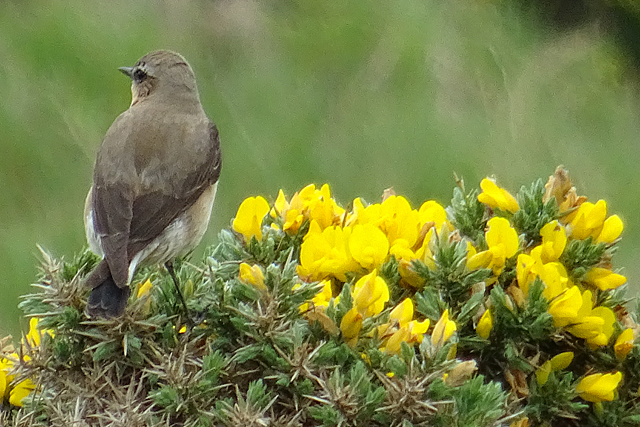
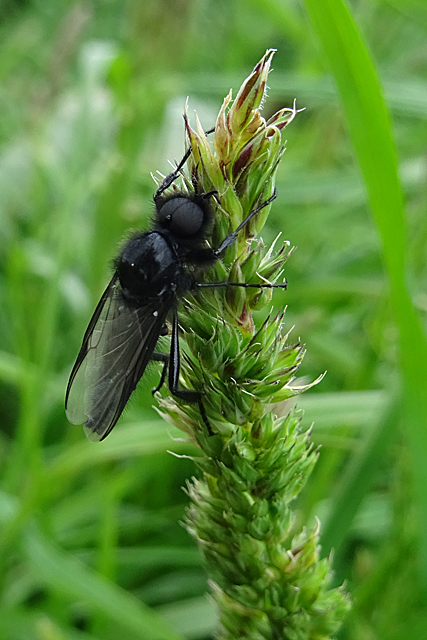
Broomybrae Wood is located at Grid Ref: NJ8265 (Lat: 57.681663, Lng: -2.2874709)
Unitary Authority: Aberdeenshire
Police Authority: North East
What 3 Words
///galloped.bouncing.fortunes. Near Rosehearty, Aberdeenshire
Nearby Locations
Related Wikis
Pennan
Pennan (Scots: Peenan) is a small village in Aberdeenshire, Scotland, consisting of a small harbour and a single row of homes, including a hotel. It is...
Crovie
Crovie is a small village in Aberdeenshire, Scotland, dating from the 18th century, a time when the sea was the only mode of transport to and from Scotland...
Auchmeddan Castle
Auchmeddan Castle was a castle, most likely dating from the 16th century, now demolished, located 9 miles (14 km) west of Fraserburgh, at Mains of Auchmeddan...
Gamrie Bay
Gamrie Bay is a bay in Aberdeenshire, Scotland. The bay is between Crovie Head and More Head. The villages of Gardenstown and Crovie are located within...
Nearby Amenities
Located within 500m of 57.681663,-2.2874709Have you been to Broomybrae Wood?
Leave your review of Broomybrae Wood below (or comments, questions and feedback).


